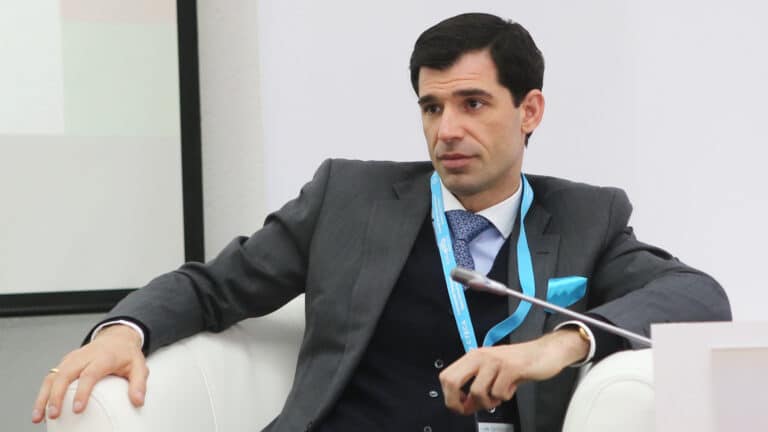For the first time in its history, Kazakhstan has introduced gender quotas for party lists. According to the new law, if a party submits its list of candidates to the mazhilis (parliament) and maslikhats (municipal assemblies) this document must include people under 29 as well as women. These two categories of candidates should comprise not less than 30% of the whole party list.
«There are several reasons for these new quotas,» said Ayman Zhusupova, expert of the Institute of World Economics and Politics under the First President Foundation. First of all, Kazakhstan is intended to join the ranks of developed countries and is obliged to provide women with the right to be represented in the bodies of state power. Kazakhstan had already ratified the Convention on the Elimination of All Forms of Discrimination Against Women. In 2019, the UN recommended Kazakhstan to revise its Concept of Family and Gender Policy in order to introduce a 50% quota for women in all spheres of life.
Secondly, Kazakhstani women are very active these days. Mothers of many children often raise their voices and want to be heard; the women’s movement against violence is getting stronger and more active, and youth are no longer hiding their problems. In other words, the improved representation of women and young people might be helpful in various social problem-solving and making this process more effective, the expert said.
The lower chamber of the Kazakhstani parliament (Mazhilis) includes 104 representatives, 27 of whom are women (after the 2016 election there were 29 women), therefore the share of women representatives is 26%.
The Institute of Social and Policy data shows that the average rate of women who are members of maslikhats is 22%. Women hold 740 out of 3335 positions. However, statistics are different for various regions. For instance, in the Kostanay, Pavlodar, and North Kazakhstan regions (all located in the northern part of the country) the rate of female representation in maslikhat is highest: 31.23%, 29.13% and 28.57% respectively.
The lowest rates are in the southern regions. In the Turkestan region, women compound only 5.24% of local maslikhats. In Shymkent (Kazakhstan’s third biggest city) and Kyzyl-Orda region, these rates are 10.34% and 14.29% respectively.
«Women (52%) and youth (17%) are about 60% or even more out of the whole electorate,» Kazakhstani political scientist Marat Shibutovsaid. «We have the parliament and maslikhats that represent the interests of people. But how can a 55-year-old man (the average lawmaker) represent the interests of young women? Of course, men do something but in general, there are a lot of misunderstandings, different views, so it doesn’t work properly. Therefore, we need these categories to be represented on all levels of legislative power,» he added.
According to Shibutov, the introduction of quotas for women and youth has several advantages. Firstly, to prepare new lists, the party will be forced to promote these categories of candidates and to provide them with official positions if won. Secondly, all parties should create women and youth wings. Thirdly, this factor will certainly affect the political parties’ election program, their messages and mottos. After elections, it would be clear whether people are ready to support this new agenda or not.
«It’s hard to say how exactly the political agenda could be changed because of gender quotas,» Ayman Zhusupova said while pointing on some current restrictions for these quotas. A 30% gender quota for party list registration is not a guarantee that the number of mandates will be relevant to this quota. The political party will decide how many mandates it will deliver to women and youth on its own. Also, the ratio of both categories in the lists completely depends on the party’s leaders. Some current representatives doubt that youth have enough professional skills or experience to make laws or completely understand the problems addressed and the consequences of their decisions.
Moreover, women and youth should represent the party which cuts off women and youth from elections due to a lack of female members or young followers.
However, the expert is sure that implementing gender quotas is a very good move at the current period of time because it force officials to discuss the real problems of women and youth here in Kazakhstan. «It is highly important for candidates to know the needs and problems of the category of people they represent and aim for their solutions,» Zhusupova said.













